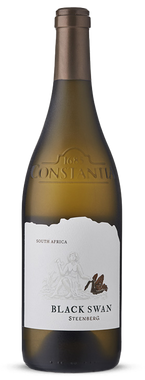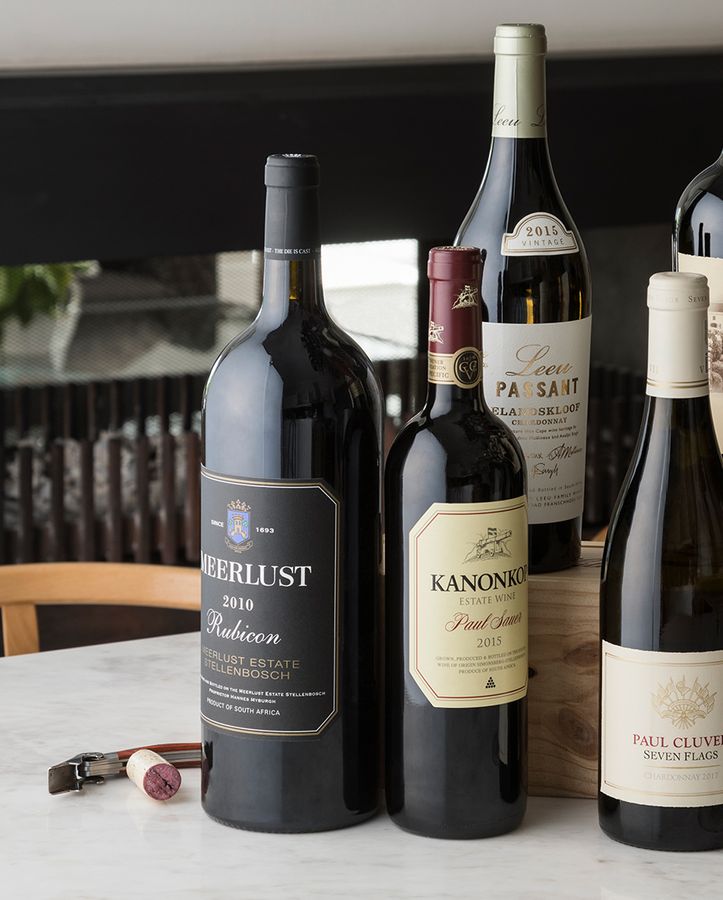From The Ugly Duckling to Saint-Saëns’s The Swans, artists have tried to capture the other-worldly beauty of these white birds. I myself have fallen for swans on more than one occasion. A viewing of Swan Lake led me to an ill-fated, if (thankfully) brief, stint as a ballerina, and my stretched videotape of The Swan Princess saw me barter many a (minor) body part for the chance to be Odette. I was, in short, obsessed. But it wasn’t because of their grace or elegance. It was because, at their core, swans are about transformation and the invention of the self.
Once named Swaaneweide, the feeding place of swans (despite it having only ever been home to geese), Steenberg is no stranger to the swan's powers. Founded in 1682, it has reimagined itself many times over, most recently turning its famous label from a swan looking back at its history to a swan in flight. While undoubtedly known for its sparkling wines, you’d do yourself a disservice getting sidetracked by the glamour of the bubble. Where sparkling wine might be the art of blending, it’s still wines that showcase the art of place. 5km from False Bay’s Atlantic Ocean and standing in defiance of the blustering south-easter in the shadow of Table Mountain, these are cool climate wines — taught with acidity, steely in nature and Old World in style.
Though Sauvignon Blanc is South Africa’s most popular grape, it’s widely understood that Constantia makes some of the country’s best. At Steenberg, Sauvignon Blanc is held in such high esteem it’s done in three ways: the Classic is all typical green and tropical notes, while the Barrel Fermented Sauvignon Blanc is a rediscovery of oaked Blanc Fumé with a softened, creamy texture. The Black Swan, however, is the pinnacle. A selection of the very best of the vintage, this is greenness in its purity. “We let the grapes do the talking,” says winemaker Elunda Basson. “We don’t want to showcase cellar gymnastics. The Black Swan is an expression of the maturity of the vineyards and harvest decisions.” And where there’s Sauvignon Blanc, there’s often Sémillon. “Constantia does Bordeaux-style whites well,” says Elunda. For one of the oldest wine farms in the country, it’s no surprise that Steenberg also honours a heritage grape of the Cape, offering Constantia’s only single-varietal Sémillon.
While Constantia might be known for both its white and red Bordeaux varieties, they are by no means limited to them. When a previous viticulturist went on a trip to Italy, he fell in love with Nebbiolo. Smuggling the grape of tar and roses in his suitcase back to South African soil, he planted what would become the country’s mother block of Nebbiolo at Steenberg — “the wild and whacky vineyard across the parking lot” — beginning a small but passionate slice of la dolce vita in the Cape.
A woman who never gave up on the pursuit of the sweet life was Catharina Ras, Steenberg’s founder. In a time when women were defined by their relationships to others — daughter, wife, mother, widow — Catharina was wholly her own person: a landowner (a female first in South Africa), a lion-slayer, a pioneer and a collector of husbands. Knowing the power of re-invention, it was Catharina who first named Steenberg Swaaneweide, forever transforming a gosling into the swan taking flight we toast to today.




